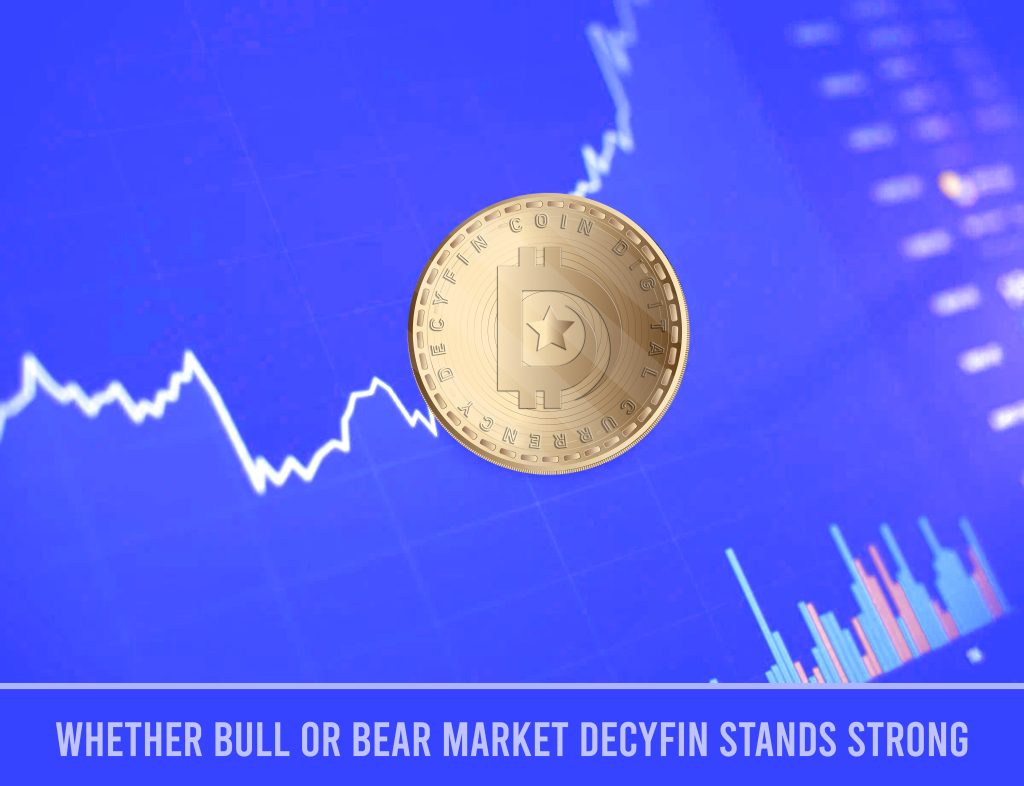A Simple Guide to Decentralized Hedge Fund Management
Decentralized finance (DeFi) continues to reshape the investment landscape, offering new structures and models that challenge traditional norms. Among these innovations are decentralized hedge funds, which offer a number of advantages over conventional hedge funds, including lower fees, greater transparency, and more efficient investment management. For those curious or seeking guidance, this article takes an in-depth look into decentralized hedge funds, exploring their operations, strategies, decision-making processes, and methods for generating returns.
Fund Management Basics
At its core, fund management revolves around the allocation of assets to generate returns while mitigating risks. In decentralized hedge funds, this process often integrates advanced algorithms, community input, and, occasionally, human oversight. Thus, it is a blend of technology and collective intelligence aiming to optimize performance.

Strategies Employed
In decentralized hedge funds, diverse strategies aim to maximize returns in the ever-evolving DeFi landscape. Blending innovation with tried-and-true financial methods, these tactics form the fund’s operational core. Let us delve into the key strategies these funds use to drive results and mitigate risks.
- Algorithmic Trading: Leveraging mathematical models and machine learning, some decentralized hedge funds employ algorithmic trading to identify and act on market opportunities. These algorithms analyze vast amounts of data at high speeds, making real-time investment decisions.
- Yield Farming: Yield farming or liquidity mining, involves lending assets to earn rewards. Decentralized hedge funds might allocate a portion of their assets to various DeFi platforms, earning interest or tokens in return.
- Staking: Some funds might engage in staking, where assets are locked in a network to support operations like transaction validation. In return, stakers earn rewards, adding to the fund’s returns.

Decision-making Mechanisms
In decentralized hedge funds, various decision-making tools come into play. Whether it is the precision of algorithms, the collective wisdom of community voting, or the expertise of central oversight, each mechanism serves a unique purpose. Let us dive into how these diverse approaches influence the direction and success of these funds.
- Algorithm-driven: Some funds are predominantly managed by algorithms that react to predefined triggers or market conditions. This approach minimizes human error but requires robust and adaptive algorithms.
- Community Voting: In the spirit of decentralization, many funds incorporate community governance. Stakeholders or token holders propose and vote on strategies, allocations, or other critical decisions. This democratized approach taps into the collective intelligence of the community.
- Central Oversight: Though it seems counterintuitive given the “decentralized” label, some funds maintain a central team or advisory board. This team provides expertise, direction and, in certain scenarios, can override algorithms or community decisions to safeguard the fund.
Generating Returns
Generating returns is the primary objective of any investment fund. In the world of decentralized hedge funds, a myriad of strategies come into play to ensure consistent growth. From simple capital appreciation to more complex strategies like algorithmic trading, each method contributes to the fund’s bottom line. Here is a deeper look into how these funds boost their value:
- Capital Appreciation: The most straightforward way a fund grows is through the appreciation of its assets. If the fund’s investments increase in value, so does the overall fund.
- Dividends and Income: By investing in dividend-paying assets or venturing out capital, funds can earn a steady stream of income.
- Trading Profits: Algorithmic trading, if successful, can result in substantial short-term profits. This strategy thrives on volatility, making quick buy or sell decisions to capitalize on price fluctuations.
- Yield and Staking Rewards: As mentioned, yield farming and staking can provide continuous rewards, boosting the fund’s total value.

Best Practices for Decentralized Hedge Fund Management
Decentralized hedge funds, while harnessing the power of blockchain and smart contracts, operate in an environment filled with both opportunities and risks. For managers and stakeholders, understanding and adopting best practices is essential for success and sustainability. Here is a rundown:
- Due Diligence: Just like traditional funds, every investment decision should be based on thorough research. Understand the potential, risks, and market positioning of every asset or strategy before committing funds.
- Diversify Strategically: It is a cardinal rule in the investment world: do not put all your eggs in one basket. Diversify assets across different strategies and platforms, balancing high-reward options with more stable, lower-risk ones.
- Maintain Transparency: One of the core principles of decentralization is transparency. Regularly update stakeholders about fund performance, strategy shifts, and any potential risks. A transparent approach builds trust and helps in informed decision-making.
- Prioritize Security: Given the digital nature of assets, ensuring robust security protocols is paramount. Regularly audit smart contracts, use multi-signature wallets, and engage with reputed DeFi platforms to minimize exposure to hacks or security breaches.
- Adaptive Strategies: The decentralized finance landscape is evolving rapidly. Stay abreast of new developments, technologies, and market trends. Be prepared to pivot strategies if the market demands or if a more lucrative opportunity presents itself.
- Community Engagement: If your fund relies on community voting or input, foster an active and informed community. Engage in regular discussions, webinars, or forums to keep everyone aligned with the fund’s objectives and performance.
- Continual Learning: The DeFi space is still young and continuously developing. Managers should prioritize ongoing education, attending conferences, and networking to ensure the fund remains at the forefront of innovation.
By adhering to these best practices, decentralized hedge fund managers can navigate the complexities of the DeFi landscape while maximizing returns and minimizing risks for their stakeholders.
Final Thoughts
The bottom line is that decentralized hedge funds represent a fusion of technology, community-driven governance, and traditional investment strategies. While they introduce fresh opportunities, understanding their mechanics is essential for potential investors.
Just like conventional funds, their success hinges on effective management and strategy execution. As the DeFi landscape matures, these decentralized funds might set new standards in investment management, pushing the boundaries of what is possible in the finance world.
